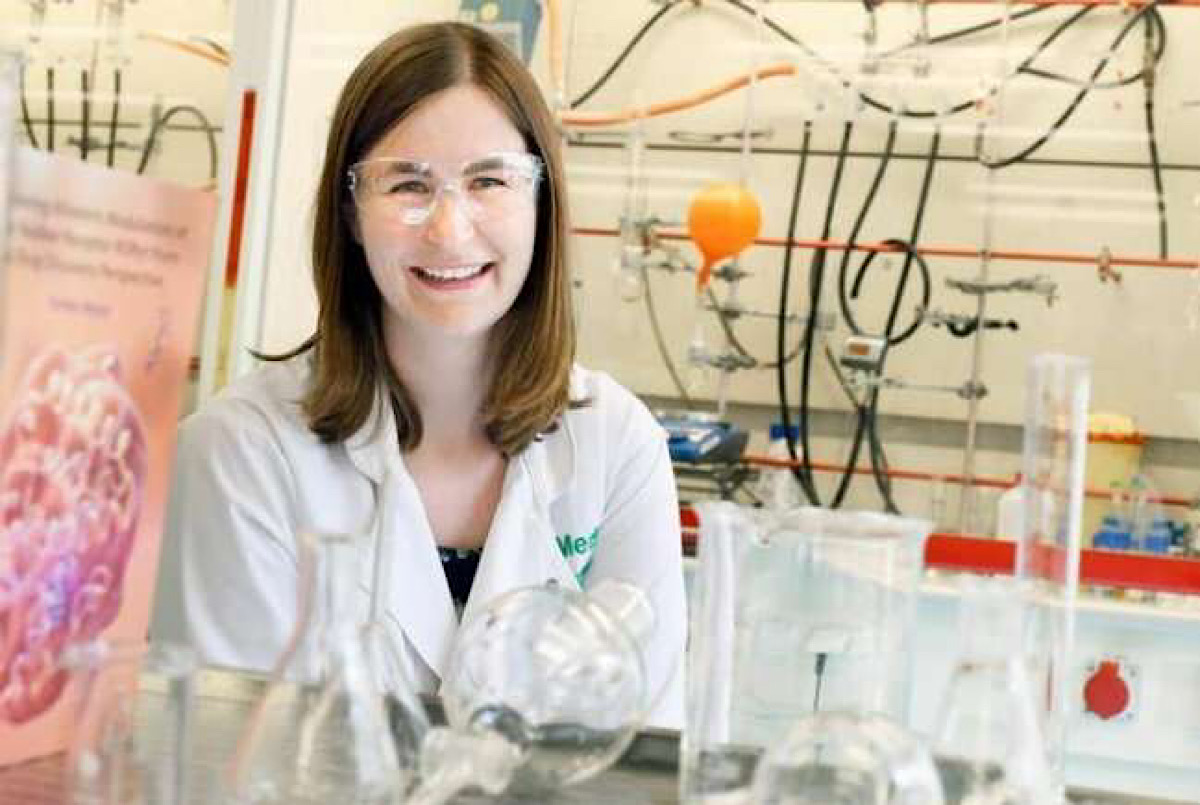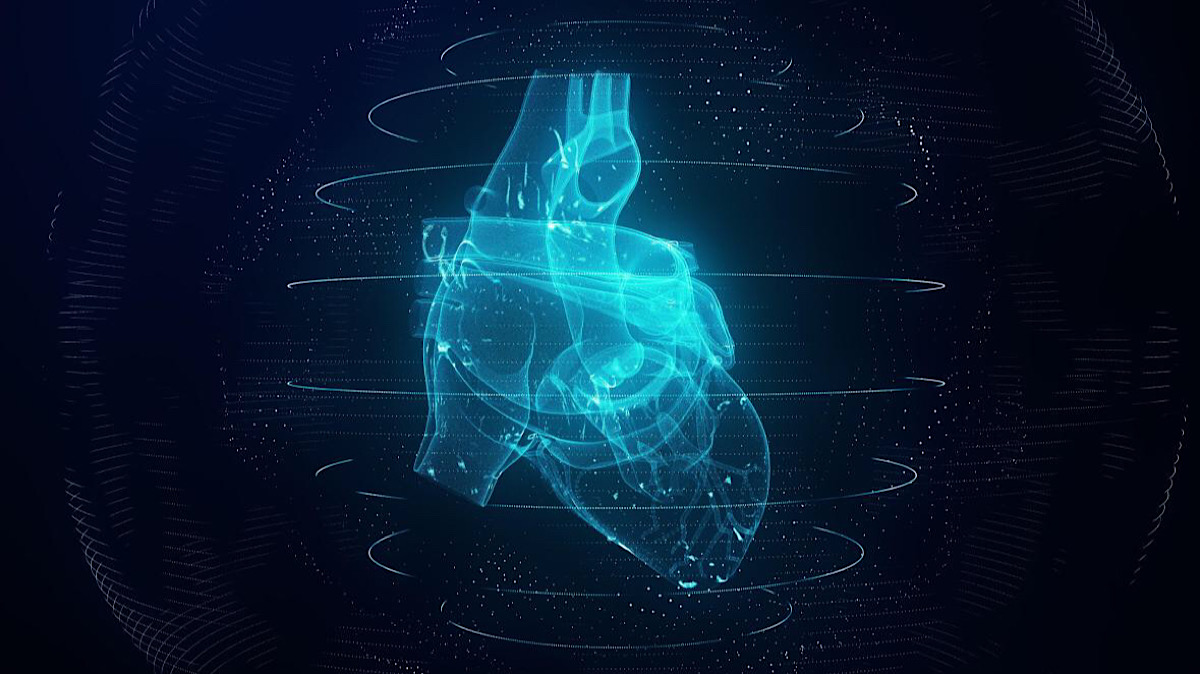By Kevin Lin
Scientists have designed a temporary, battery-free pacemaker that can be broken down by the patient’s body when its work is done, the latest advance in the emerging field of bioelectronics.
In a paper published this week in Nature Biotechnology, researchers report that the device reliably kept the heart’s pace in check in tests on mice, rats, and other animals, as well as in human heart tissue in a dish. And while the research is still in the early stages, the scientists say the pacemaker was able to overcome key limitations of existing devices.
“There are about 1 million people a year who receive pacemaker implantations worldwide. It’s a huge, huge medical field, but mostly pacemakers are permanent,” said Igor Efimov, a biomedical engineer and professor at George Washington University and co-author of the new paper.
Unlike traditional pacemakers, which are left inside a patient for the rest of their life or until the battery dies, a traditional temporary pacemaker is implanted and later removed. The devices are typically for children with congenital heart defects or adults who have had a coronary artery bypass graft, who may need a temporary pacemaker to correct a slowed heart rhythm for only a few days or weeks.
Continue reading… “Scientists devise a battery-free pacemaker that can be absorbed by the body”











